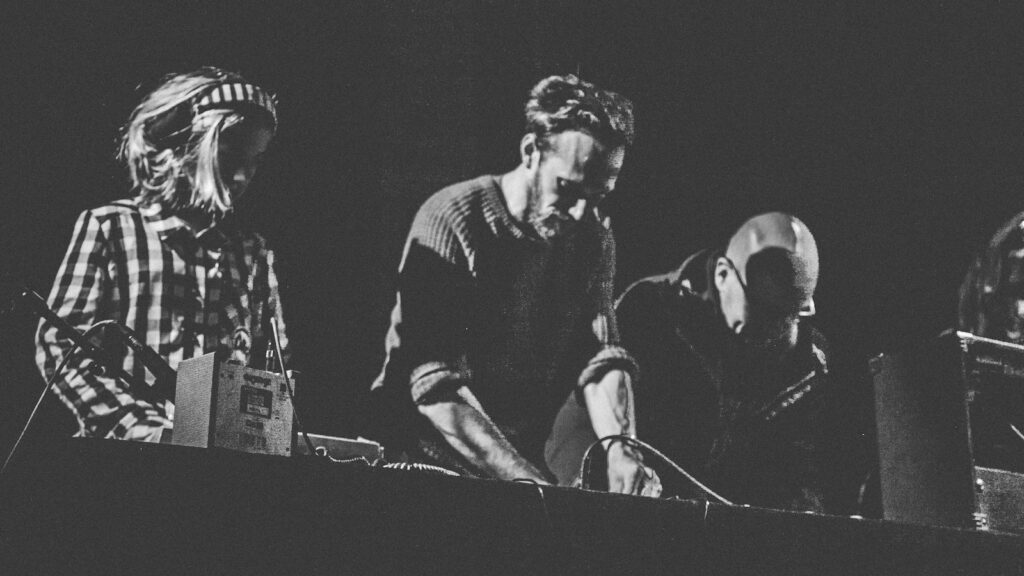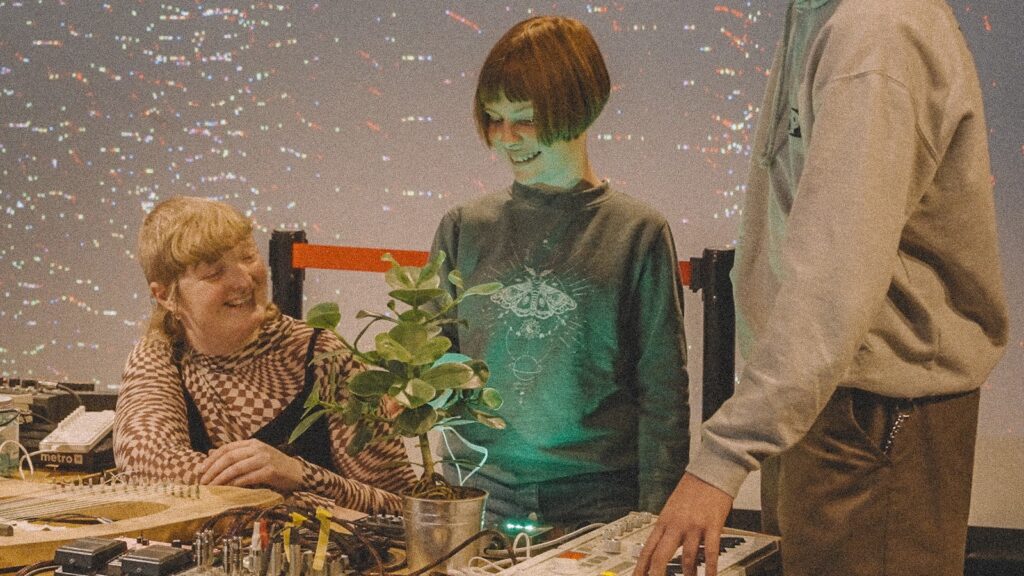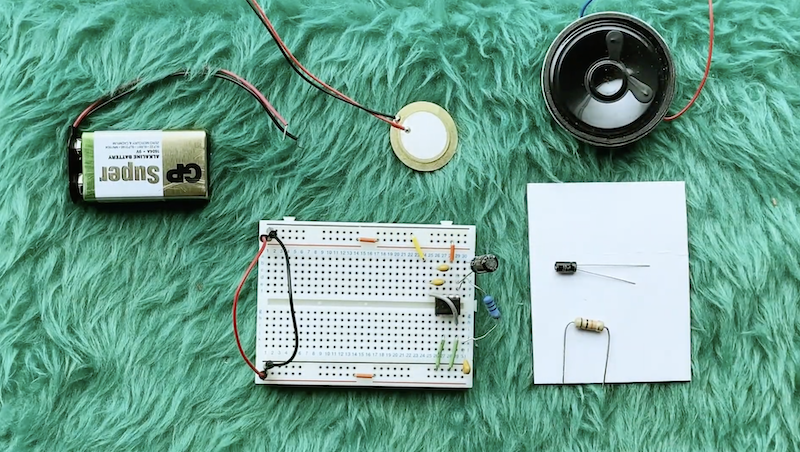
Music for a Better World: Rory Bray Harper shows how to turn an idea into a graphic score
To launch our latest graphic score project Music for a Better World we asked one of our commissioned composers, Rory Bray harper, to create a series of images that show how he composes a graphic score. In this post, you’ll see how he started with an idea, developed it, and then produced a graphic score.
We hope that this will help you create your own graphic score, which you can now submit for us to upload to our gallery – find out more here: https://moogiewonderland.co.uk/scores-of-people-music-for-a-better-world/
The theme for the project is based on the topics of the G7 Summit – where leaders of seven countries met in Cornwall to discuss how they should “make the future fairer, greener and more prosperous” and “build back better from the coronavirus”.
Rory decided to focus on the environmental topic for his composition. Many of his previous drawings and graphic scores are based on fun ideas for machines, so he wanted to continue that idea but also to try a new approach once he’d come up with an idea.
To start with, Rory’s idea was to create ‘machines’ that could save the world – so that’s what he drew:

With his idea clear in its theme and message, he wanted to develop this into a graphic score that could be performed by musicians – a graphic score does not usually use traditional music notation. Instead, things such as images, symbols, words, and even video, give ‘clues’ for a musician to follow and decide what to play. This means it’s up to the musician to interpret it, usually through improvisation – no two performances would likely be the same, they might by wildly different, and that’s the fun!
Rory worked with another commissioned composer, Kyle Coleman, and two of the project artists Alice Mahoney and SJ Blackmore, to think about how he could turn his machine idea into a score that could be easily read by a musician. First Rory did a jam session with Kyle and SJ to inspire this process:
He decided to create symbols that would represent the different buttons (or elements) of his machine, thinking about the different sounds that each symbol could suggest. Here are the symbols with descriptions:


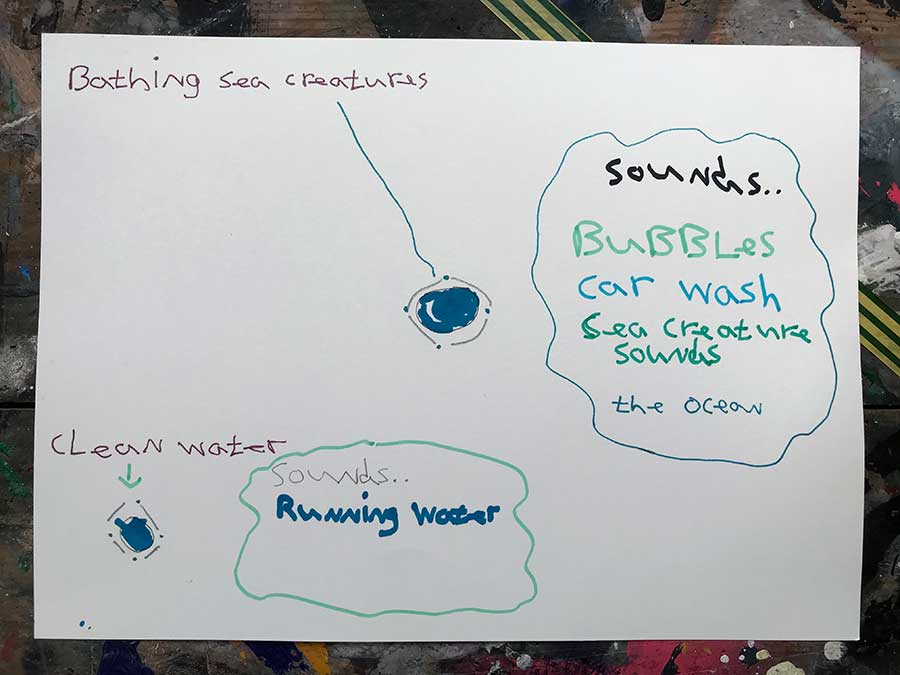
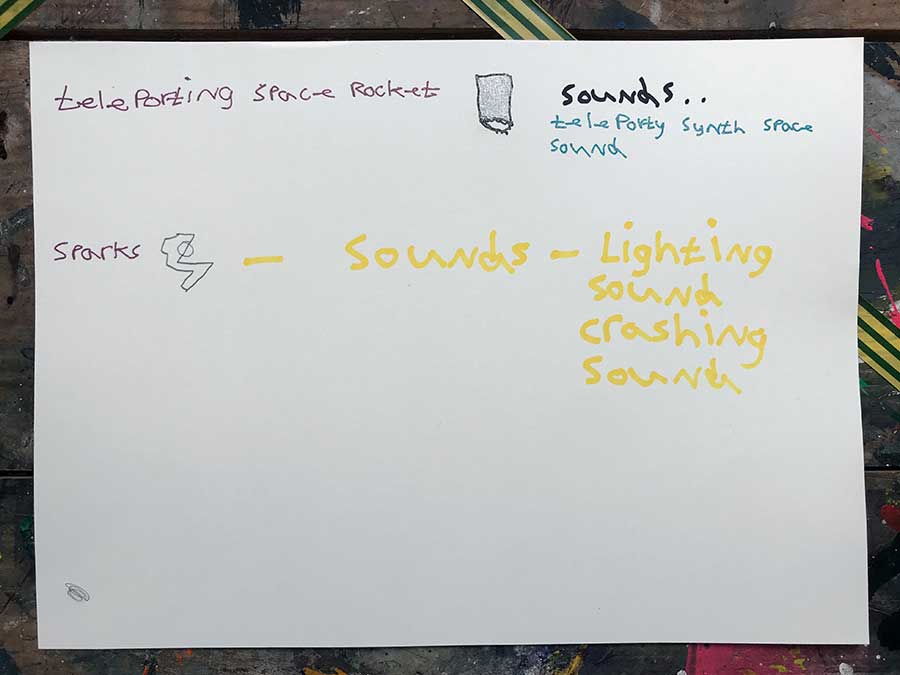
He then put those symbols into a graphic score. The performer, or group of performers, would have access to the descriptions of those symbols – this is often not provided in graphic scores, but when a composer wants to specify certain sounds, or when a composer wants to express an important message in the music, it can be helpful. It is also particularly helpful for people who might not have read a graphic score before, or who might be new to playing music.
Here is the graphic score Rory created:

In his graphic score, you can see that the symbols usually appear in a row – this means that it could be played left to right, and perhaps with a different instrument or performer for each symbol. However, a graphic score doesn’t have any rules unless those rules are directly given, so you could play it from top to bottom if you wanted. Each symbol also slightly varies – if you are performing it, think about the slight differences and how that might impact your playing – a larger symbol might be louder than a smaller one for example. You’ll notice there is also a line running through – this could represent that the score has different sections, or it could mean that above the line is to be played in a ‘high pitch’ and below is to be played at a ‘low pitch’.
Before having a go at performing it, study the score and think about how you should interpret it – this will help your performance. We recently spoke to Peter Howell and Bob Earland, part of the BBC Radiophonic Workshop band, about using graphic scores in a performance, and they suggested that it’s useful to talk about the graphic score together first – if you have a conductor, it may be that the conductor provides further instruction (incidentally, Peter Howell composed the theme tune to a 1992 TV series called ‘The Machine that Changed the World’ – how apt!). Here’s the obligatory screenshot from that chat (clockwise from top right: Peter, BBC Radiophonic Workshop; Elizabeth, Moogie Wonderland; Matt, Moogie Wonderland; Martin, freelance musician; Bob, BBC Radiophonic Workshop):

For the Music for a Better World project, Rory has been commissioned to create a new graphic score that will be premiered at an all-ages concert in Cornwall in the summer – you will be invited to have a go at performing it on ‘noise stations’ (you don’t have to be a musician). Keep checking our website and our social media for more details, updates and insights from Rory and the other composers that have been commissioned. All posts and pages about the project can be found here: https://moogiewonderland.co.uk/projects/music-for-a-better-world/

